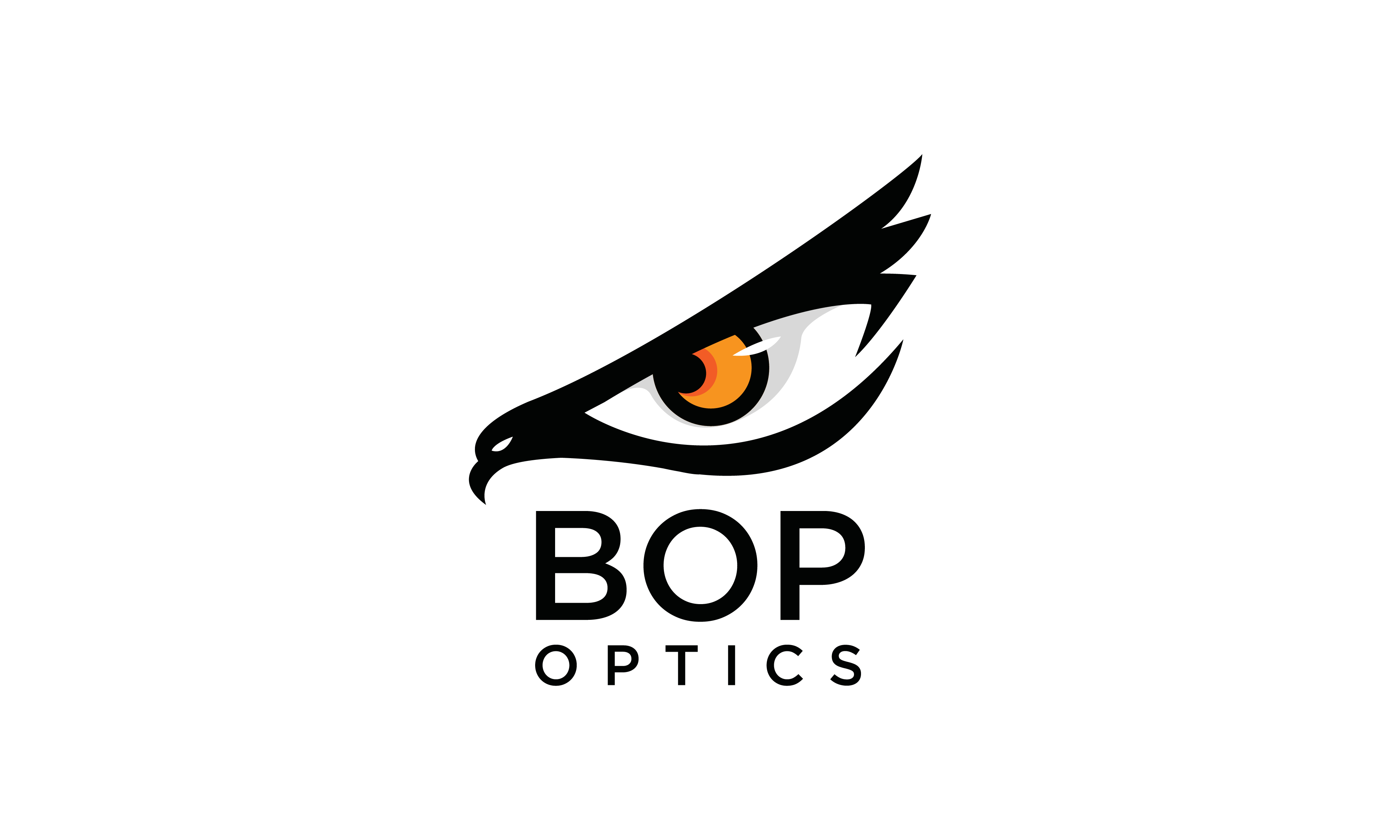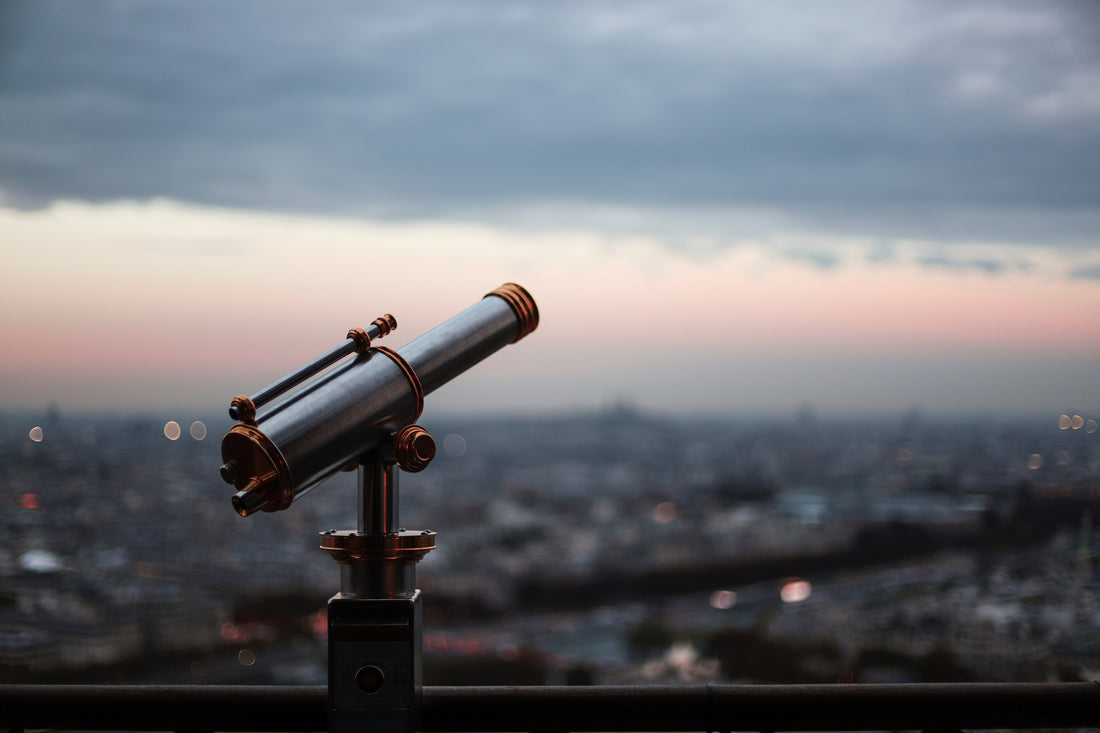Introduction: Telescopes and monoculars are optical instruments designed to magnify distant objects, but they serve different purposes and offer unique advantages. While both have their merits, understanding the differences between the two can help you choose the right tool for your specific needs. In this article, we will explore the distinctions between telescopes and monoculars, helping you make an informed decision on which optical device suits you best.
- Optical Design and Functionality: The fundamental difference between a telescope and a monocular lies in their optical designs and intended functions:
-
Telescope: Telescopes are designed primarily for astronomical observation. They consist of two main lenses, an objective lens, and an eyepiece. The objective lens gathers light and forms an image, which is further magnified by the eyepiece. Telescopes offer high magnification and larger objective lenses, making them ideal for viewing celestial objects like planets, stars, and galaxies.
-
Monocular: On the other hand, monoculars are compact, single-lens optical devices. They are designed for terrestrial observation, outdoor activities, and wildlife spotting. Monoculars utilize a single lens to magnify distant objects and provide a single view. While they can offer moderate magnification, they generally have smaller objective lenses compared to telescopes.
- Magnification and Objective Lens Diameter: Another significant difference between telescopes and monoculars is the range of magnification and the size of the objective lens:
-
Telescope: Telescopes often provide higher magnification capabilities, ranging from 20x to over 100x, allowing for detailed views of celestial objects like planets, the Moon, and star clusters. They typically have larger objective lenses, ranging from 60mm to several inches in diameter, to gather ample light for astronomical observations.
-
Monocular: Monoculars offer moderate to high magnification, generally ranging from 6x to 12x, although some models may go higher. Their objective lens diameter is smaller, usually between 25mm to 40mm, which makes them more compact and portable.
- Intended Use and Portability: The intended use and portability are key factors when choosing between a telescope and a monocular:
-
Telescope: Telescopes are best suited for stargazing and astronomical observations. They are often mounted on tripods to provide stability and precise tracking of celestial objects. Telescopes can be larger and bulkier, making them less portable for casual outdoor activities.
-
Monocular: Monoculars are highly versatile and portable. They are perfect for hiking, birdwatching, sports events, and wildlife observation. Monoculars are lightweight and can fit into pockets or backpacks easily, making them convenient companions for outdoor enthusiasts on the go. Many people also ask the question, can a monocular telescope be used for stargazing? The answer is yes depending on the magnification. For a more detailed article on this: Can a monocular telescope be used for stargazing?
Conclusion: In conclusion, while both telescopes and monoculars are optical instruments that magnify distant objects, they serve different purposes and cater to distinct needs. Telescopes excel in astronomical observations, providing high magnification and large objective lenses for stargazing. Monoculars, on the other hand, are versatile and portable, ideal for terrestrial observations and outdoor activities.
We recommend our 8-22x50 Monoculars for Adults which can be used or stargazing, bird watching, hunting, hiking and more...
When choosing between a telescope and a monocular, consider your intended use and the level of magnification you require. If stargazing and celestial observation are your passion, a telescope is the preferred choice. However, if you seek a compact and multipurpose optical device for outdoor adventures, a monocular is a convenient and reliable option. Both instruments have their place in the world of optics, offering unique opportunities to explore and appreciate the wonders of the world around us.


